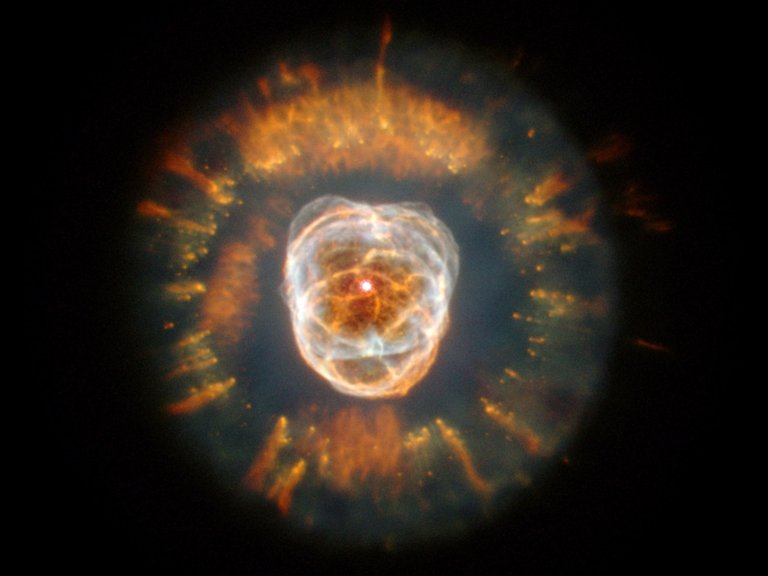
Ever wondered how dense matter can get? Thanks to our perceptive skills, we have a fairly intuitive grasp on the relation between density and strength. For example, if we wrap our hands around a cast iron rod, we are able to feel it's strength, and weight. For cotton, we know it's not so much.
But beyond this, for things we cannot touch and feel, our understanding is limited.
Did you know that there exists certain substances with such an unimaginable density, that one single teaspoon of them weighs around 6 billion tons?
Thats right! Matter inside neutron stars owe their density to giant stars collapsing onto itself, after death. Supernovas, with sizes many time larger than our own sun, suddenly run out of fuel, collapses with a massive explosion. As a result the pressure that stretches them outward is released. This forces these ginormous structures whose sizes largely exceed our own sun, to be packed into abnormally small spaces(of few kilometres) compared to their mass.
An exploding supernova(Source)

But how is this possible?
Generally, there is a limiting force, that prevents matter from being packed into smaller spaces of itself. Even at absolute zero temperature, when vibrational energy in molecules is zero, this limiting force known as Fermionic Repulsion Pressure(FRP), holds molecules apart, defining an upper-bound for density. Beyond a certain point, the closer molecules get, the stronger is the FRO. But, when supernovas collapse, the force is so strong that not even FRP can hold, resulting in matter collapsing into itself!!
Congratulations @xmachina! You have completed some achievement on Steemit and have been rewarded with new badge(s) :
Click on any badge to view your own Board of Honor on SteemitBoard.
For more information about SteemitBoard, click here
If you no longer want to receive notifications, reply to this comment with the word
STOP